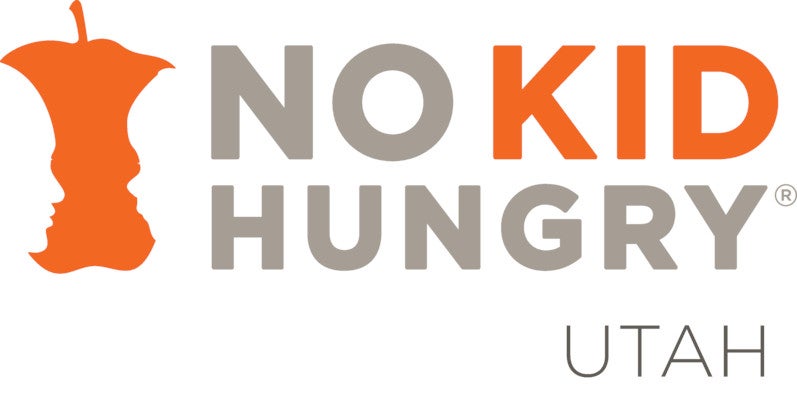Taking Breakfast out of the Cafeteria
A Breakfast After the Bell (BAB) program involves offering students breakfast after the official start of the school day, and most often allowing students to eat in the classroom. Therefore, traditional cafeteria equipment may not be sufficient to accommodate BAB, requiring schools to procure specific pieces of extra equipment. No Kid Hungry asked school nutrition directors across the county about their BAB equipment needs and assembled this tip sheet to help navigate the BAB equipment assessment and procurement process. For guidance on how to choose the BAB model that best suits your school’s needs, review USDA’s Breakfast Method Fact Sheet.
- Equipment – Depending on what Breakfast after the Bell model you choose, you may need equipment to transport food from the cafeteria to classrooms, such as rolling coolers and insulated cooler bags; or, kiosks or carts to store food during breakfast service outside of the cafeteria. Breakfast after the Bell equipment also includes items for classrooms, such as cleaning supplies and extra strong trash bags for breakfast trash, as well as separate trashcans for breakfast trash only. This simplifies breakfast trash disposal and removal for students and custodians. The Lunch Box’s Alternative Equipment Guide provides an extensive list of equipment options.
Breakfast after the Bell Models
Below are specific equipment tips for each BAB model. For guidance on how to prepare for a BAB launch, review No Kid Hungry’s:
- Pre-implementation Checklist,
- Breakfast in the Classroom Rollout Timeline, and
- Grab and Go to the Classroom Rollout Timeline.
Breakfast in the Classroom (BIC)
Breakfast is served and eaten in the classroom after the official start of the school day. Determine what equipment you will need to transport food from the cafeteria to the classroom, for example, rolling coolers, bins for food storage, and travel carts (see pictures below). Additionally, ponder what classroom items teachers and students will need to participate in BIC, e.g. placemats for each desk, separate trashcans for breakfast trash, and cleaning supplies for students/teachers.
Grab and Go to the Classroom (GNG)
Students pick up breakfast on the way to class, usually at school entrances or in heavily trafficked hallways, and eat in the classroom. GNG requires equipment that can temporarily store food, is portable, and can accommodate a large number of breakfasts, e.g. carts, kiosks, or tables (see pictures below). A Point of Sales (POS) system is also 3 necessary for this model. Extra trash cans for hallways and classrooms can assist custodians with trash cleanup. Because students are eating in the classroom, you will need to provide the same classroom supplies as you would for a BIC model.
Second Chance Breakfast
Breakfast is offered during a mid-morning break, often between first and second period, and is commonly administered via GNG, by re-opening the cafeteria and allowing students at least 10 minutes to eat in the cafeteria (see pictures below), or a combination of both. If you choose a Cafeteria Model for your Second Chance Breakfast, determine if you will need additional equipment, such as an additional POS system to ensure students move through the line quickly, or a kiosk to help accommodate large amounts of students getting breakfast at once. If you choose a GNG model for your Second Chance Breakfast, the same equipment needs for GNG would apply.
Purchasing Tips
Once you have determined your equipment needs, your next step is to determine the appropriate quantities. Keep in mind that the cost of each piece of equipment and set of supplies will vary depending on whether the equipment is new or refurbished, the number of items you purchase, and your geographic location. Start out by familiarizing yourself with your district’s purchasing policy, if you haven’t already. When possible, buy equipment in bulk, especially if you are implementing BAB in multiple grades and classrooms. Finally, connect with grant-making organizations that promote BAB models, such as your local Dairy Council, for additional support. For more resources, visit No Kid Hungry’s Center for Best Practices.


